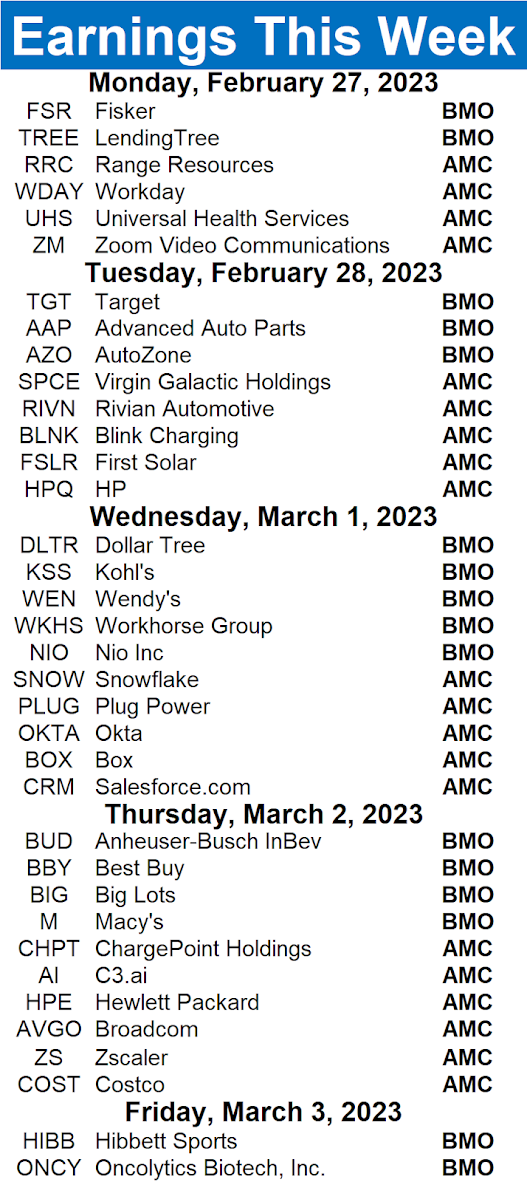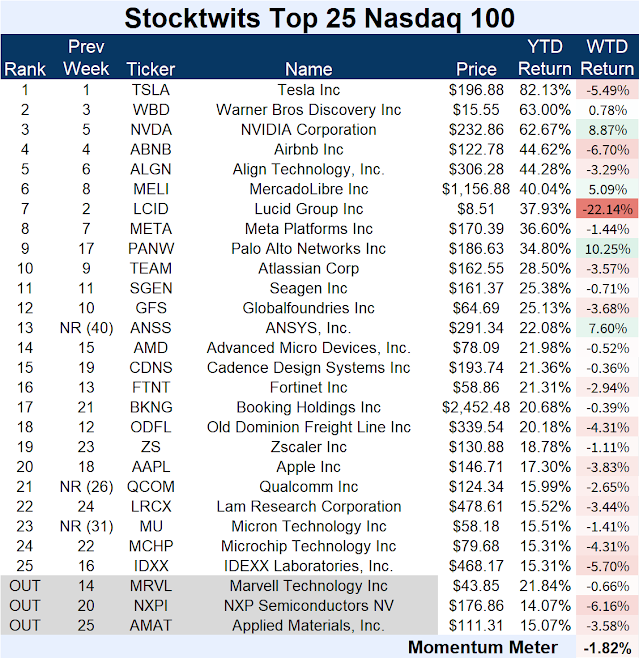MR Copper a better inflation hedge?
Is copper a good hedge against inflation? But that isn’t copper’s only superpower . Because of how copper is tied to the world economy, it provides an excellent hedge against inflation. This happens for two reasons. Firstly, copper prices tend to rise before general consumer prices rise, and so the commodity can be bought as a proactive inflation hedge. Secondly, since copper is used in many products, its price increases can be passed down into final consumer products, which will then undergo inflationary pressures. As copper is used across the economy, these pressures can be felt in every sector, once again leading to consumer price rises. A Bloomberg analysis completed in 2017 shows that for every 1 percent rise in the consumer price index from 1992, copper prices rose an equivalent 18 percent. The red metal outperformed all other major asset classes (excluding energy ) and impressively rose twice as much as gold.

